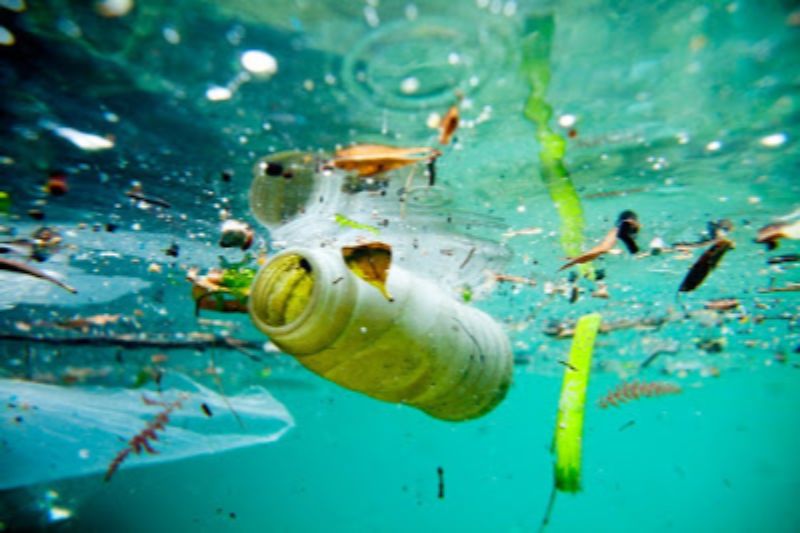Bad breath, also known as halitosis, is a common problem that affects millions of people around the world. It can be caused by a variety of factors, including poor oral hygiene, certain foods and drinks, smoking, and underlying health conditions. In this article, we will discuss the symptoms and treatment options for bad breath.
Symptoms of Bad Breath:
The most obvious symptom of bad breath is a foul odour coming from the mouth. However, there are some other symptoms that can indicate the presence of bad breath. These include a dry mouth, a bad taste in the mouth, a white or yellow coating on the tongue, and a thick saliva.
Causes of Bad Breath:
Bad breath can be caused by a variety of factors. The most common cause is poor oral hygiene. When you don’t brush and floss your teeth regularly, food particles can remain in your mouth and start to decay, leading to bad breath. Other common causes include:
- Foods and drinks: Certain foods and drinks, such as garlic, onions, coffee, and alcohol, can cause bad breath.
- Smoking: Smoking and other tobacco products can cause bad breath, as well as stain the teeth and increase the risk of gum disease.
- Dry mouth: A dry mouth can lead to bad breath because saliva helps to wash away bacteria and food particles in the mouth.
- Medical conditions: Certain medical conditions, such as gum disease, sinus infections, and respiratory infections, can cause bad breath.
- Medications: Some medications can cause dry mouth, which can lead to bad breath.
Treatment of Bad Breath:
The treatment for bad breath depends on the underlying cause. If the cause is poor oral hygiene, then improving your oral hygiene routine can help to eliminate the problem. This includes brushing your teeth twice a day, flossing daily, and using mouthwash to kill bacteria in the mouth.
If the cause is a dry mouth, then drinking more water and using a mouthwash that contains fluoride can help to keep the mouth hydrated and eliminate bad breath.
If the cause is an underlying medical condition, then treating the condition can help to eliminate bad breath. For example, treating gum disease can help to eliminate the bacteria that cause bad breath.
If the cause is a medication, then your doctor may be able to switch you to a different medication or adjust the dosage to help eliminate bad breath.
In addition to these treatments, there are some other things that you can do to help eliminate bad breath. These include:
- Avoiding foods and drinks that can cause bad breath, such as garlic and coffee.
- Quitting smoking and other tobacco products.
- Chewing sugar-free gum or sucking on sugar-free candies to help stimulate saliva production.
- Using a tongue scraper to remove bacteria and food particles from the tongue.
- Visiting your dentist regularly for cleanings and check-ups.
Bad breath can be a frustrating problem that affects many people. However, there are several treatment options available that can help to eliminate the problem. By improving your oral hygiene routine, avoiding foods and drinks that can cause bad breath, and seeking treatment for underlying medical conditions, you can help to keep your breath fresh and your mouth healthy.










